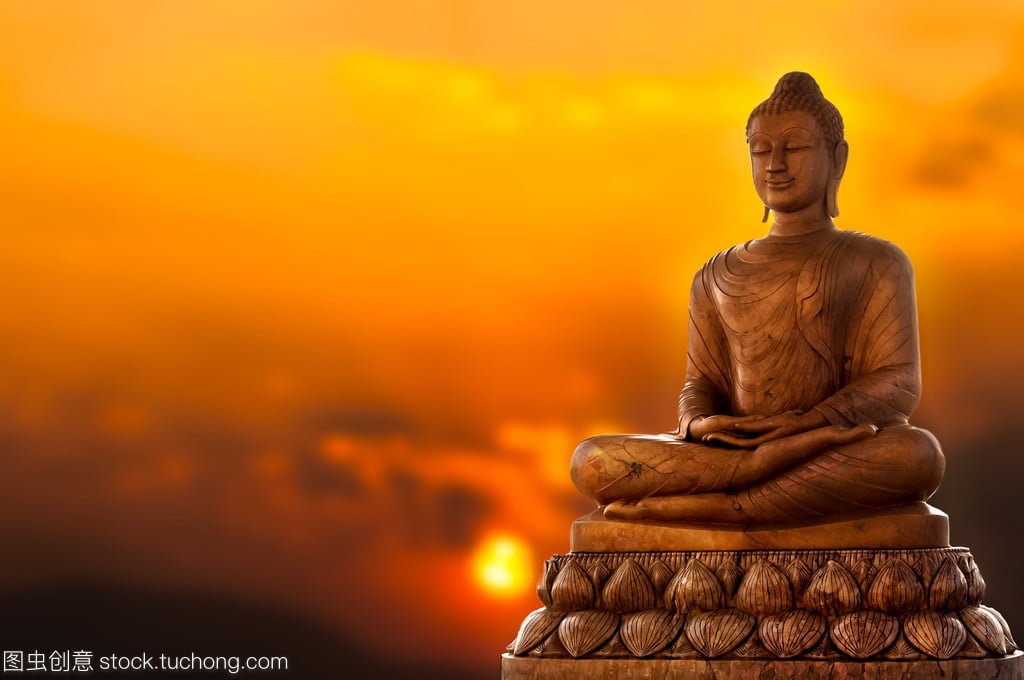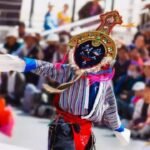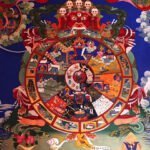Saga Dawa is the Tibetan name for the Fourth month of the Tibetan Lunar Calendar. This month, in Tibetan Buddhism tradition, is the most auspicious month of the Whole Year. In this month Buddha Shakyamuni was birth, enlightened, and turned the wheel of dharma and Nirvana. Three auspicious days fall in this month. So during Saga Dawa, most of the monasteries in Tibet hold special Prayers and ceremonies to celebrate this particular religious month.
Tibetans and Tibetan Buddhist believers, all around the globe, do many good actions to earn more positive energy. Such as not eating meat, reading the Buddhist sutra, burning incense and lamps, circling around the Stupa, reciting mantras, and so on. As one of the world’s most important Tibetan Buddhist festivals, many Buddhist friends consider this festival as awakening the seeds of inner good and choosing to be vegetarian for life. The core thought of Saga Dawa is practising good deeds for the sake of all beings.
Biography of Buddha and Saga Dawa Festival
More than 2,600 years ago, on the eighth of the Fourth Month from the Tibetan calendar, The Queen of the Sakya family, gave birth to Prince Gautama Siddhartha, in the Lumbini Garden.
After 35 years, Siddhartha became a monk, and he spent six years in the ascetic forest. When he meditated under a Bodhi tree, he vowed,” If I cannot realize the word, I will not be able to afford this seat. “After forty-nine days of meditation and enlightenment, at the dawn of April 15 in the Tibetan calendar, Prince Siddhartha finally achieved the supreme righteous knowledge. After that, He was known as Buddha, the omniscient one.

Being a Veggie during Saga Dawa
Being a Vegetarian is no longer a difficult thing. We have more choices of food now a day, Vegetables and fruits not only from local, but also from distant places are easily available. Historically, During Saga Dawa, Tibetan people are not allowed to eat any kind of meat by state laws. Also not allowed to sell the meat. But now a day it is a personal right to eat meat or not.
Nobody can force people to be vegetarian. All people are encouraged to be veggie for at least one month a year. So your health can improve along with the spirit of Buddhisathva. May all sentient beings escape from sorrow and this never-ending six realms. And Pray for World peace.
Vegetarianism is a self-redemption of the psychological process, you insist on forming a habit. it enlightens the wisdom, vegetarian diet to raise good heart.
Activities during Saga Dawa
The customary “Saga Dawa Festival” is observed from April 1st to 30th in the Tibetan calendar, culminating on April 15th. Throughout this month, all Buddhist pay homage to Buddha, and some engage in fasting and meditation, reciting scriptures, and prostrating themselves in various ways to honor Buddha Sakyamuni.
The primary methods of commemorating the Saga Dawa Festival are as follows:
- Kora: Walking and praying along a specific path known as Kora. Nangkhor, encompassing the main hall of Jokhang Temple, is the most well-known route in Lhasa. The entire way is adorned with Dharma wheels, spanning around 500 meters and serving as the inner ring road. The middle Kora is along Barkhor Street, which encircles the Jokhang Temple, with a total distance of roughly 1,000 meters. The outer ring road is Lingkor Road, which surrounds the old city of Lhasa and is approximately 5km long.
- Animal liberation: Releasing animals during festivities is a benevolent act. The original purpose of animal liberation is to return captured animals to their natural habitat and allow them to survive freely. As a result, it is not recommended to release animals that cannot survive in the wild.
- Performing charitable deeds: The Saga Dawa Festival is known as the “Beggar’s Festival.” On this day, almsgiving became a customary practice among the Tibetan people in Lhasa. In recent years, it has even become a tourist attraction. It is recommended that mainland tourists carry enough change when participating in almsgiving and respect the occasion when taking photographs. For Tibetans, the Saga Dawa Festival has always followed the tradition of the wealthy assisting the poor.
- Vegetarianism: Vegetarianism is the most significant ritual during the Saga Dawa Festival. Throughout this month, meat and animal products are avoided, and vegetarianism is the primary diet. In reality, abstaining from food and not harming others is another way of performing good deeds.

















